We have much more to do and your continued support is needed now more than ever.
Under the Sea: Marine Wildlife on the Big Screen
Learn about marine species you may see at the movies!
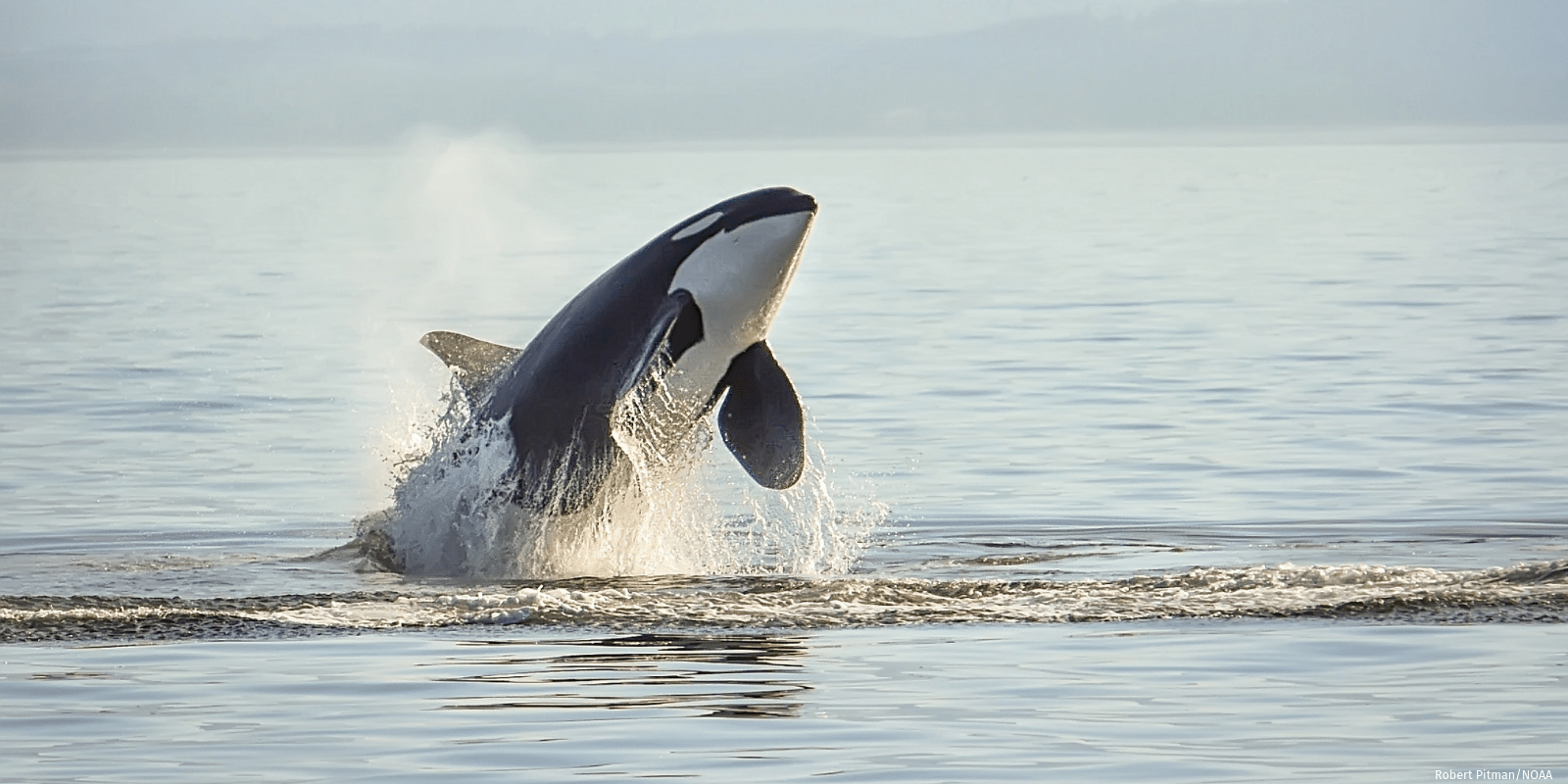
From 1975’s Jaws to 2018’s Aquaman–the reigning #1 movie in the U.S.–our nation’s oceans and coasts have served as settings for incredible moments in American cinema. Grab some popcorn and read more about endangered or threatened marine wildlife that would make great co-stars in the next big box office hit:
Seahorses
According to the National Ocean & Atmospheric Association (NOAA), the dwarf seahorse is threatened by habitat loss, oil spills, energy exploration and harvesting, and is now under consideration for being added to the Endangered Species List.
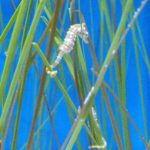
This tiny marine species is likely inspiration for Aquaman’s trusty steed–Storm–in the original 1960’s D.C. Comics.
Learn more about seahorses from our favorite fictional naturalist, Ranger Rick HERE.
Mantas
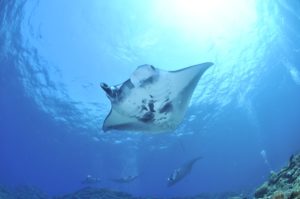
Did you know? Giant manta rays boast wingspans of up to 29 feet and weigh a ton! Due in part to commercial fishing, this enormous species was listed as “threatened” under the Endangered Species Act in 2018.
In Disney’s Moana, the grandmother of the titular character passes away and returns as a giant manta ray, to guide her granddaughter in her journey across the perilous sea.
Sea Turtles
2003’s Finding Nemo dove with audiences into the deeps of the Pacific Ocean, introducing many families to a wide variety of marine wildlife characters, including Crush, a helpful sea turtle.
Our Wildlife Guide, notes that the endangered green sea turtle population has declined significantly over the last half century, due, in part, to climate change and habitat loss.
Other types of sea turtles are also in decline, threatened or endangered, including loggerheads, leatherbacks, Kemp’s Ridleys, and hawkbills.
Read “Sea Change for Sea Turtles” from National Wildlife Magazine, to learn more about this incredible species HERE.
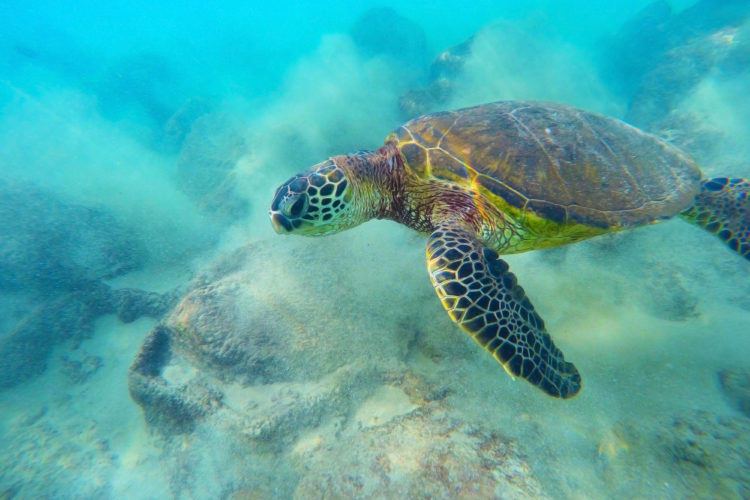
Whales
1993’s box-office hit, Free Willy, told a story of kinship between a killer whale and a foster child. Although highly acclaimed at the time, Free Willy was a cinematic precursor to 2013’s Blackfish, a documentary that criticized Sea World for keeping killer whales in captivity.
According to NOAA, killer whales, also referred to as orcas, can be found along a large range of North America’s coasts and are threatened by vessel traffic, oil spills, pollution, and entanglement. One population is currently listed as endangered: the Southern Resident population.
Other imperiled whale species include, but are not limited to, the sperm whale, the North Atlantic right whale, and the blue whale.
Sharks
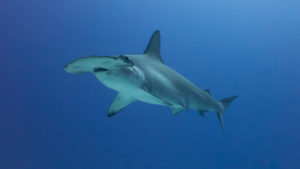
From Discovery channel’s beloved Shark Week to the zany (and not particularly scientific) Sharknado, sharks capture the imagination of millions of viewers on the big–and small–screen.
Currently, the oceanic whitetip is threatened and two populations of the scalloped hammerhead are endangered. According to NOAA, both the oceanic whitetip–which “declined by approximately 80 to 95 percent across the Pacific Ocean since the mid-1990s”–and the scalloped hammerhead are imperiled by commercial fishing.
Although popular culture demonizes sharks as vicious, dangerous creatures, shark attacks are actually extremely unlikely. In fact, you are more likely to be struck by lightning than attacked by a shark, and only five shark-related deaths were reported globally in 2017.
Steller Sea Lion
A trained steller sea lion was cast as “Andre the Seal” for the eponymous wildlife lead in 1994’s Andre. This was a controversial decision, because the real-life Andre that inspired the movie was actually a harbor seal – a distinctly different species!
Although the steller sea lion was placed on the Endangered Species List in 1990, NOAA notes that the eastern population of the species was recovered by 1997, while the western population remained endangered. This species continues to face a multitude of threats, including climate change and “ingesting fishing gear or getting caught in marine debris.”
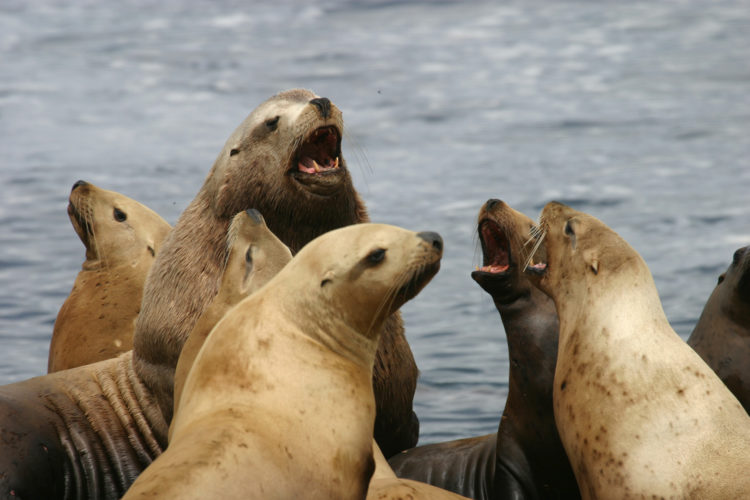
Protecting Our Oceans & Watersheds
As the new year begins, you can help protect wildlife that depend on clean watersheds, coasts, and oceans:
Help protect marine habitats from oil drilling
Protect U.S. waterways from weakening of the Clean Water Rule
Tell Washington Gov. Inslee to protect endangered orcas & salmon
Support our efforts to protect marine wildlife along our coasts through a gift or a symbolically adoption of a threatened or endangered marine species: humpback whale, loggerhead turtle, orca, or beluga whale.






















